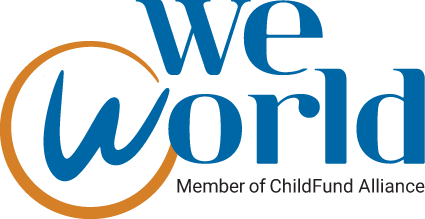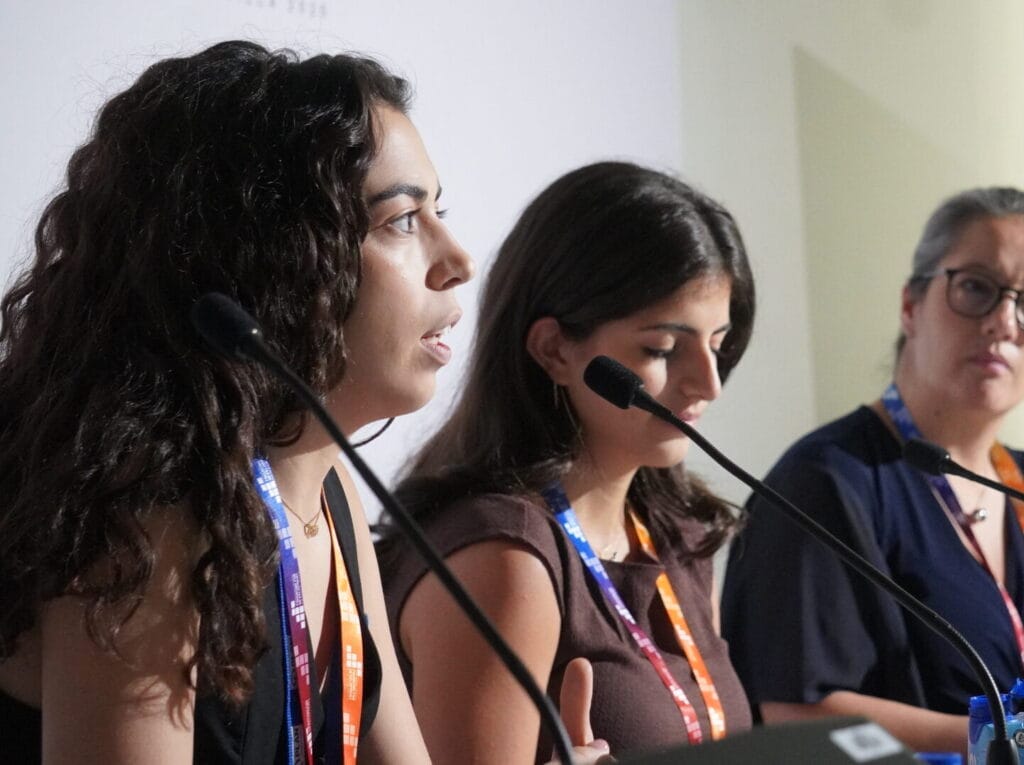
This year’s United Nations International Conference on Financing for Development (FFD4), held in Seville this month and attended by our team, concluded with the adoption of the “Sevilla Commitment” — a political declaration built around a comprehensive programme of over 100 initiatives.
These initiatives are all gathered in the Sevilla Platform for Action, jointly developed by governments and civil society organisations.
We were there together with Educo, our Spanish partner in the ChildFund Alliance, contributing to the collective efforts and discussions.
The Sevilla Commitment represents a significant pledge towards achieving the 2030 Agenda and the Sustainable Development Goals. Key themes include gender equality, inclusive and digital education, climate change adaptation, and the strengthening of institutional capacities in partner countries.
The document emphasises the central roles of governance, transparency and accountability, and promotes innovative tools such as “blended finance,” an approach that combines public, private and philanthropic funding to support sustainable development projects. Furthermore, it strongly reaffirms the value of multilateralism and the key role of the United Nations.
However, as highlighted by Stefania Piccinelli, Head of International Programmes at WeWorld, who attended the conference, the agreement presents a predominantly economic vision of development, where the roles of children, young people and civil society remain marginal and often subordinate to growth and productivity goals.
“There are approximately 2.2 billion people under the age of 18 in the world. This represents roughly 28% of the global population”, Piccinelli notes. “Africa has the youngest population globally, with nearly 600 million people under the age of 18. This represents a significant portion of the continent's population and is central to its future. Projections indicate a 40% increase in this population by 2050.
The agreement's language reveals an uneven attention to children, young people and future generations. Children are mentioned only four times, consistently grouped with others—such as youth or women—and solely in the context of education and vocational training. This narrow framing overlooks the broader spectrum of children’s rights and needs, including protection, health, and psychosocial support. Youth receive slightly more visibility, appearing seven times, but again mostly in reference to education, skills development, and business/self-employment, reinforcing a utilitarian view focused on economic productivity. Women, by contrast, are mentioned 14 times, with a broader and more nuanced approach that includes gender-based violence (GBV) and other dimensions of inequality”.



